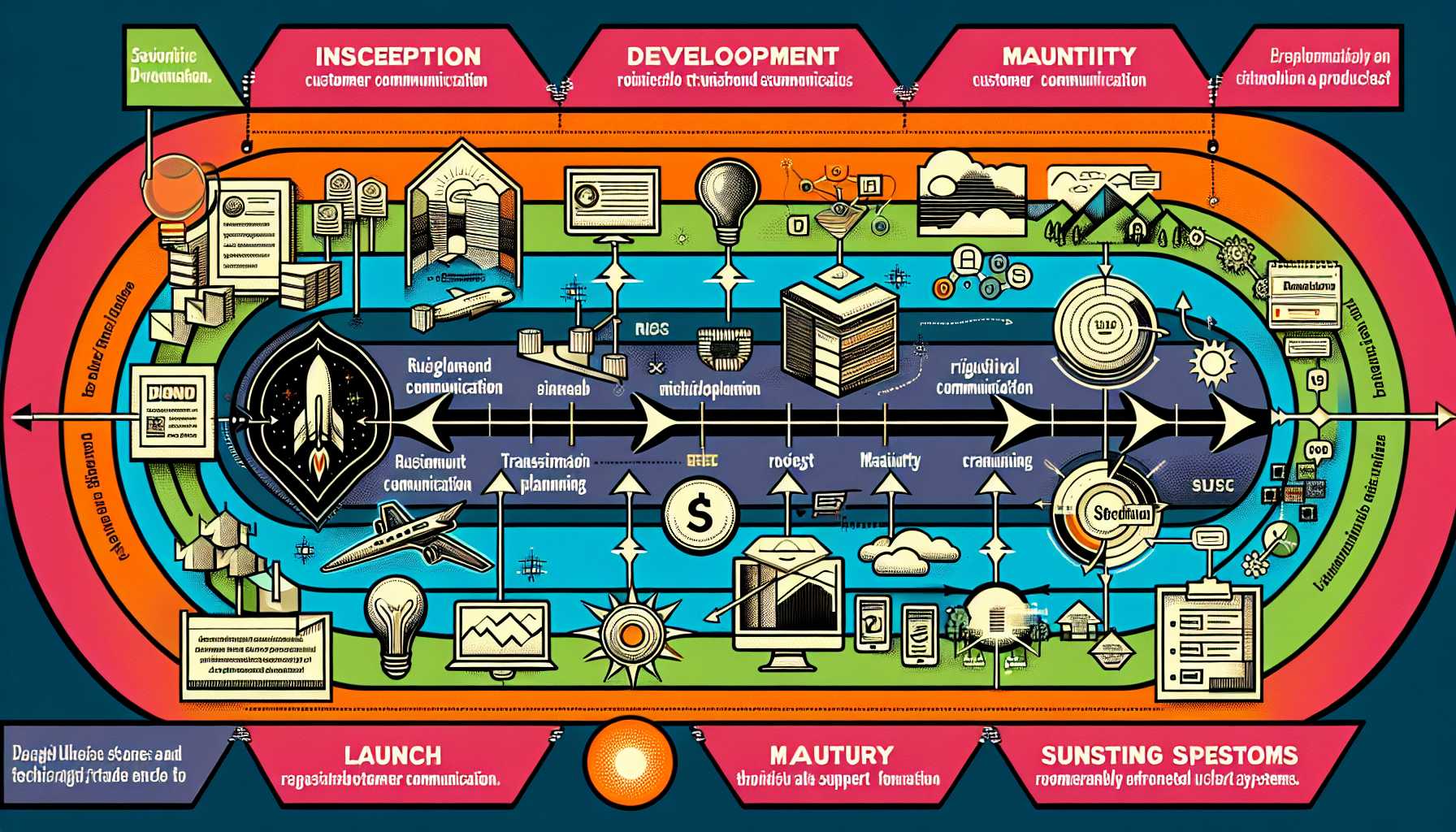Hello to all my fellow product managers navigating the ever-evolving terrain of the tech landscape. Sunsetting a product is as much a part of the product lifecycle as its launch. But let’s be clear, retiring a product is no easy feat—it requires as much strategy and careful planning as any other phase. Drawing from my own experiences, I’ll share best practices for a graceful product sunset that respects your customers and your business.
Acknowledging the Sunset: The Decision Phase
The decision to sunset a product is often fraught with emotions and business pressures. In one of the toughest calls in my career, I had to propose sunsetting a product that was once a market leader but had perceptibly declined. Here are the steps we took:
- Objective Evaluation: We conducted a thorough analysis of market trends, customer feedback, financial performance, and product roadmap alignment.
- Stakeholder Consultation: Ensuring that leadership and key stakeholders were on board was crucial for a unified approach.
Communicating the Sunset: Clarity and Empathy
Communication can make or break your sunsetting strategy. Delivering the news necessitates transparency and empathy. When we announced the retirement of our product, we took several approaches:
- Early and Transparent Communication: We informed customers well in advance, providing clear reasons and future options.
- Empathetic Approach: Recognizing the impact on our users, we offered personalized support to handle the transition.
- Retention Strategies: By understanding the pain points, we provided alternative solutions within our product suite or even support for migrating to a competitor when needed.
Transition Planning: Mitigating Disruption
One of the major issues customers face during sunsetting is disruption. To mitigate this, we devised a comprehensive transition plan that detailed every step of the process, from data migration to alternative solutions. This plan was communicated clearly to all customers, providing them with a sense of control over the transition and minimizing anxiety.
Support Systems: Managing the Change
Support is the backbone of any sunsetting plan. We ramped up our customer service efforts during the transition, offering extended support hours, dedicated helplines, and detailed documentation. Our aim was to make the transition as seamless as possible.
Internal Alignment and Training
Ensuring that our internal teams were well-informed and ready to handle inquiries was non-negotiable. We held training sessions for customer support and sales teams to arm them with answers to potential questions and concerns. This internal alignment prevented mixed messages and customer confusion during the process.
Post-Sunset Review: Learning for Future Success
The job isn’t over after the sunset. It’s crucial to conduct a post-mortem analysis to understand what went well and what could be improved. This provides invaluable insights for future products and sunsetting processes.
Finally, timing is everything. In my past role, we timed the sunset during a period with the least amount of customer impact, demonstrating our commitment to their operations and earning further trust despite the transition.
I invite you to take a moment to visualize the lifecycle of a product with a focus on the sunsetting phase. This image will encapsulate the delicate balance of customer care and business needs during a product sunset.
A Gentle Reminder
To sum up, always remember that sunsetting a product is a delicate process that, if done right, can cement your company’s reputation for integrity and customer commitment:
- Evaluate objectively and consult widely before deciding
- Communicate with clarity and empathy
- Develop a thorough transition plan to minimize disruption
- Provide robust support systems
- Learn from the experience
Sunsetting a product does not have to be a story of loss and disappointment. Handled adeptly, it can be an opportunity to showcase your company’s strength, adaptability, and deep respect for those who use your products.
Stay tuned for more insights from the trenches of product management. Keep leading, learning, and letting go when the time comes.

